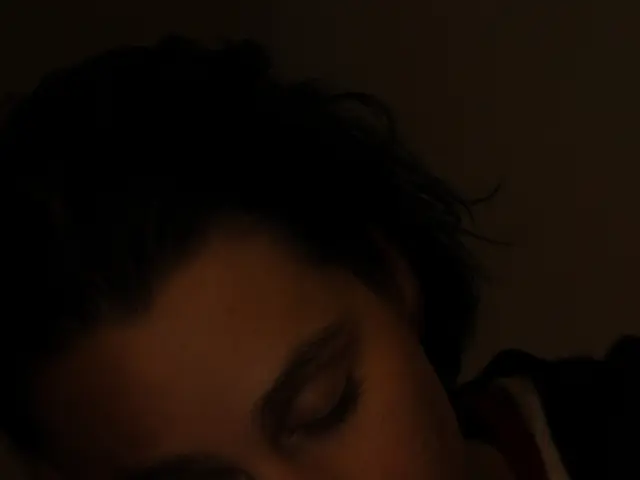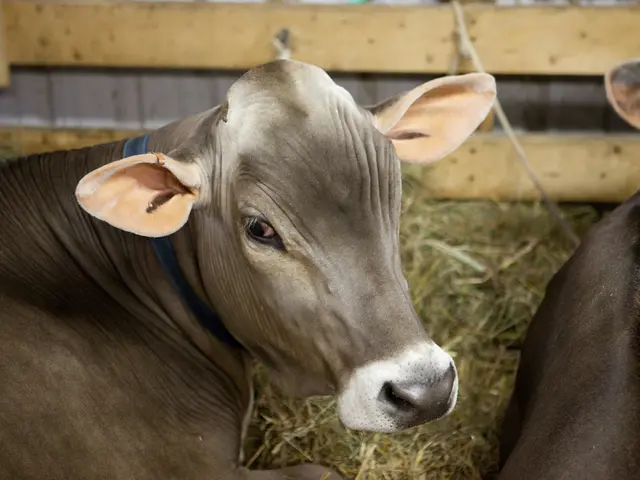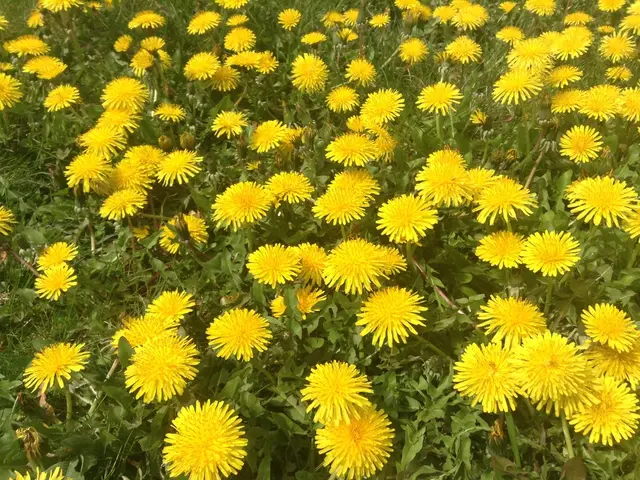Diseases Affecting Strawberry Leaves
Strawberry growers face significant challenges in managing leaf diseases, such as leaf spot, leaf scorch, and leaf blight. These diseases can weaken plants, making them more susceptible to root diseases and winter injury.
To combat these issues, an integrated disease management approach is recommended. This approach involves the use of resistant varieties and good cultural practices, as well as biological and chemical controls.
Resistant Varieties
Selecting strawberry cultivars known for resistance to common foliar diseases is crucial. Varieties resistant to leaf blight caused by Phomopsis obscurans, leaf scorch caused by Diplocarpon earlianum, and Fusarium wilt can help reduce overall plant stress and disease susceptibility. Notable resistant varieties include Allstar, Canoga, Cardinal, Delite, Earliglow, Honeoye, Jewell, Lester, Midway, and Redchief for June-bearing strawberries, while Tribute and Tristar are reported to be tolerant to leaf spot and leaf scorch for ever-bearing varieties.
Cultural Practices
Effective cultural practices play a significant role in disease control. Sanitation is key, with regular removal and destruction of infected leaves and plant debris helping to reduce pathogen inoculum on the plants and in the soil. Improving air circulation and selecting well-ventilated sites with good sun exposure also helps foliage dry faster, reducing fungal disease development. Proper irrigation management is essential, with avoidance of overhead irrigation to minimize leaf wetness duration that favors fungal infections. Crop rotation, removal of overwintering sites, controlling weeds, and handpicking pests that can predispose plants to disease stress are other important cultural management practices.
Biological and Chemical Controls
Biological controls such as Bacillus subtilis and Trichoderma species can reduce black spot incidence by 35-50% when combined with sanitation. Fungicides may also be applied protectively, especially at times of high disease pressure or at first signs of leaf damage.
Additional Considerations
It's important to note that fungal leaf diseases can continue from early spring until late fall, with middle-aged leaves being most susceptible. These structures produce spores abundantly in midsummer, and symptoms of leaf blight infections begin as one to several circular reddish-purple spots on a leaflet. Lesions may develop on stems, petioles, and runners, and in severe cases, stolons, fruit trusses, and petioles may become infected, which may girdle and kill the stem.
In summary, an integrated disease management approach combining resistant varieties with good sanitation, proper site and irrigation management, biological controls, and targeted fungicide applications is most effective for controlling leaf spot, scorch, and blight in strawberries. This fact sheet was originally published in 2008.
- Incorporating science-backed pest management strategies, such as the use of resistant strawberry varieties that are resistant to medical-conditions like leaf blight, leaf scorch, and Fusarium wilt, can contribute to the overall health-and-wellness of the plants by reducing their susceptibility to diseases.
- By adopting good cultural practices, like sanitation, irrigation management, improving air circulation, and crop rotation, growers can improve soil health and the overall health-and-wellness of their strawberry plants, thereby reducing the risk of medical-conditions such as leaf spot, leaf scorch, and leaf blight.





